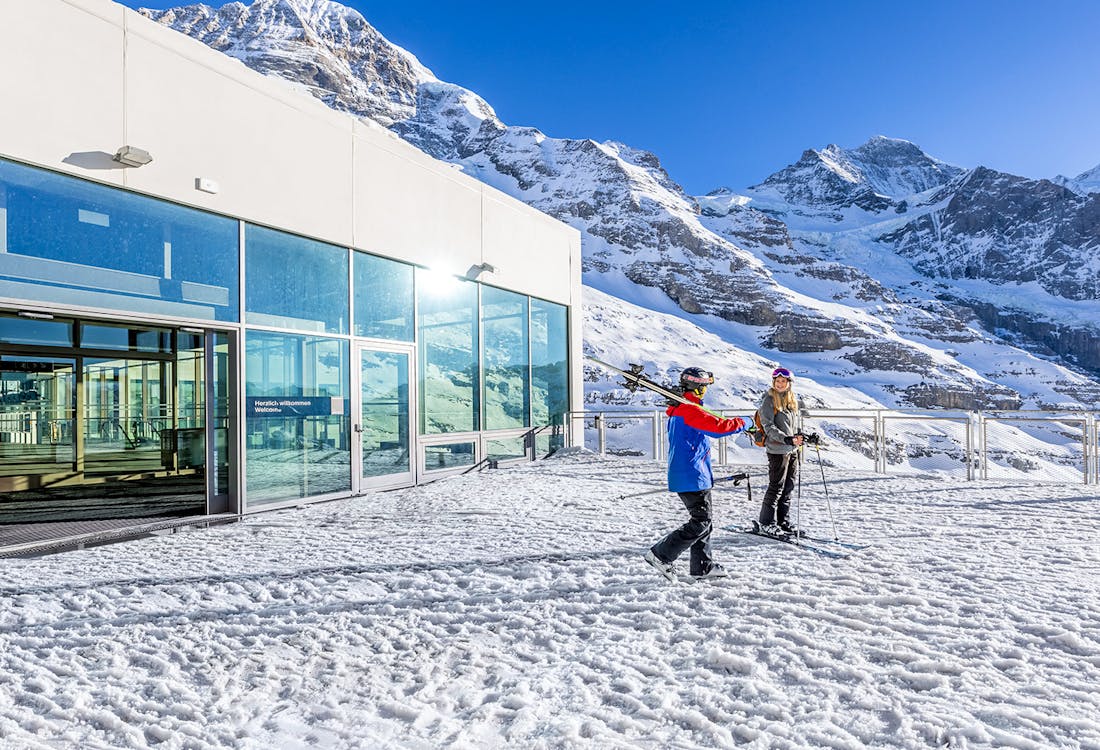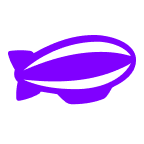Jungfraujoch is Switzerland's crown jewel, perched at a breathtaking 3,454 meters above sea level. Before you pack your camera and warm clothes for this Alpine adventure, let's break down everything you need to know about the weather at the "Top of Europe". Trust me, understanding these details will make your journey to this snowy paradise so much smoother!
Temperature extremes: What to expect

Let's get one thing straight - Jungfraujoch never truly gets "warm"! Even in the height of summer, you'll want to dress like it's winter back home. The "warmest" days come in July and August, when temperatures might reach a balmy 2°C (36°F). During January and February, prepare for the deep freeze with temperatures plummeting below -15°C (5°F).
Here's your first insider tip: no matter when you visit, pack layers and proper winter gear. Even if you're traveling to Switzerland in summer, you'll need gloves, a hat, and a good jacket at Jungfraujoch. The weather at the summit can change rapidly, and those stunning sunny views can quickly give way to snowfall - even in August!
Seasonal overview
Winter (December–February)
Brace yourself for the ultimate winter wonderland! With temperatures rarely climbing above -10°C (14°F), you'll experience the raw power of Alpine winter. The upside? Snow-covered landscapes that look straight out of a fairytale and significantly smaller crowds than summer months. Perfect if you're after that magical "walking in a winter wonderland" experience and don't mind bundling up against the wind.
Spring (March–May)
As temperatures begin their slow climb from -10°C to 0°C, you'll witness the gradual transition from winter to... well, slightly less wintery! March still delivers a full-on winter experience, while by May, you might catch glimpses of the changing seasons at lower elevations along your journey up. The summit itself remains snow-covered, but you'll enjoy increasing chances of clear days perfect for photography.
Summer (June–August)
This is prime time at Jungfraujoch! With temperatures hovering between -2°C and 5°C (28–41°F), you'll enjoy the "warmest" conditions of the year. The real magic? Those long, clear days that offer jaw-dropping visibility across the Alps. You can often see as far as France and Germany on crystal-clear mornings! Be warned: this popularity comes with crowds, so book your train tickets in advance!
Autumn (September–November)
The secret season savvy travelers love! September offers a perfect sweet spot: summer-like conditions (0°C to 3°C) but with fewer tourists crowding the observation decks. By November, winter reclaims the mountain as temperatures plunge back below -10°C. Just check the forecast carefully, as autumn can bring more variable conditions.
Recommended tickets to Jungfraujoch
Your month-by-month weather guide
- January & February – The deep freeze! Expect -15°C days, snow landscapes, and the clearest air of the year. Dress like you're heading to the Arctic and embrace the winter magic.
- March – Still firmly winter, but with slightly longer daylight hours. The snow begins to compact after the winter months, making it great for snow activities.
- April & May – Spring awakens at lower elevations while you journey up, but Jungfraujoch remains wintry. May offers increasing chances of clear days, perfect for those panoramic photos.
- June – The start of high season brings warming temperatures and the year's best visibility. Snow activities continue while hiking trails at mid-mountain stations begin to open.
- July & August – Peak tourist season! Enjoy the "warmest" temperatures (though still bring that winter jacket!) and the longest days. Book your tickets well in advance and try to arrive early to beat the midday crowds.
- September – A hidden gem month with summer-like conditions but fewer tourists. The light takes on a golden quality that photographers adore.
- October – Temperatures drop noticeably but crowds thin dramatically. Watch the weather forecast carefully for clear days.
- November – The mountain begins its return to winter solitude. Dress for full winter conditions but enjoy the peaceful atmosphere.
- December – Holiday magic transforms Jungfraujoch! Christmas decorations appear as winter tightens its grip. Festive but frigid - the perfect winter wonderland.
Best time to visit
- ❄️ For ultimate winter magic: December to February.
- ☀️ For comfortable sightseeing: June to September.
- 🌄 For the perfect balance of weather and solitude: Late September to early October.
Insider weather tips for your Jungfraujoch adventure
- Check the webcams before you go: The Jungfrau region maintains live webcams - check them the morning of your visit! If it's completely cloudy, consider postponing by a day if your schedule allows.
- Morning magic: The clearest views typically come in the morning hours before clouds build up. Try to catch the first train up for the best visibility and photos.
- Weather changes fast: Pack for multiple weather scenarios, even in summer. A clear morning can turn into a snowstorm by afternoon!
- Altitude matters: The thin air at 3,454 meters affects more than just the temperature. Move slowly, stay hydrated, and give yourself time to adjust when you arrive.
- Watch the wind: Sometimes it's not the temperature but the wind chill that gets you. A windproof outer layer is essential year-round.


